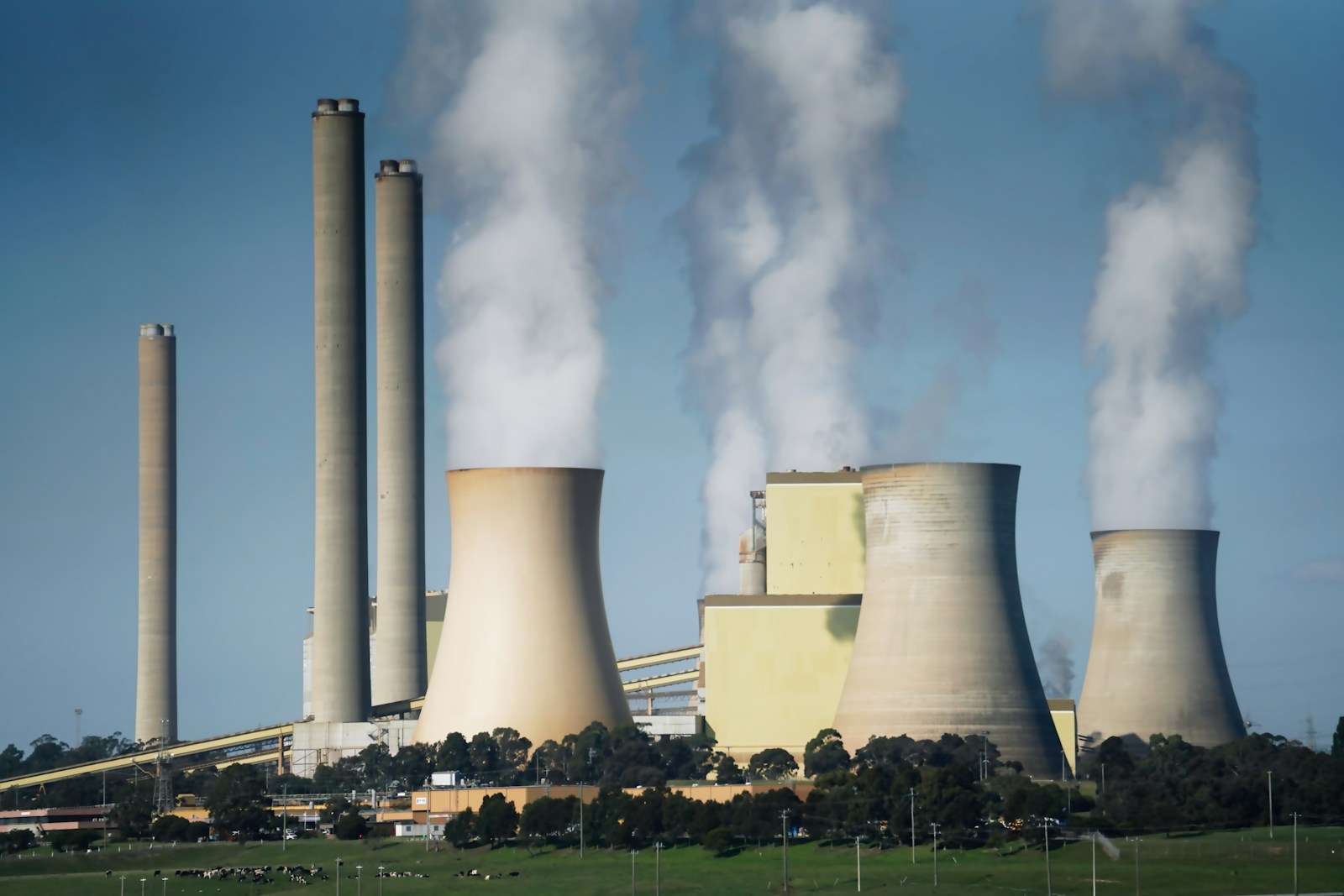Understanding the Greenhouse Gases Emission Intensity Target Rules, 2025: A Comprehensive Overview

In an era of escalating climate concerns, the Greenhouse Gases Emission Intensity Target Rules, 2025, represent a significant step by the Indian government to curb greenhouse gas emissions across key industrial sectors. These rules, aligned with broader environmental frameworks like the Carbon Credit Trading Scheme, aim to enforce emission reduction targets and promote sustainable practices. By focusing on emission intensity rather than absolute volumes, the rules encourage efficiency improvements without hindering economic growth. This article delves into the key sections of these rules, drawing from the specified details to provide a clear, detailed explanation of their structure, implications, and enforcement mechanisms.
Table of Contents
Definitions
The rules include a set of clear definitions to avoid ambiguity in their implementation. For instance, the term “banked” refers to the carbon credit certificates that an obligated entity retains after fulfilling its compliance requirements for a given year. Another key definition is “compliance year,” which aligns with the financial year as outlined in the Schedule attached to the rules. Additionally, “greenhouse gases emission intensity targets” are defined as measurements in tons of CO₂ equivalent per unit of equivalent output or product, specifically detailed in the Schedule’s column (5). The term “Schedule” itself denotes the appendix that accompanies the rules, containing sector-specific data. Other terms not explicitly defined here draw their meanings from related legislation, such as the Environment Protection Act, 1986, the Energy Conservation Act, 2001, the Electricity Act, 2003, and the Carbon Credit Trading Scheme, 2023, ensuring consistency across environmental policies.
Greenhouse Gases Emission Intensity Targets
Under these rules, specific targets for greenhouse gases emission intensity are established to drive reductions in key sectors. The calculation of these targets follows the methodology set out in the Carbon Credit Trading Scheme, 2023, which provides a standardized approach. For example, the rules specify a trajectory for emission intensity reductions, with detailed figures listed in the Schedule for sectors like Aluminium, Cement, Chlor-Alkali, and Pulp and Paper. To illustrate, in the Aluminium sector, entities such as Vedanta Limited in Jharsuguda, Odisha, face a baseline GHG emission intensity of 13.8878 tCO₂e per tonne in 2023-24, with targets set at 13.7232 tCO₂e per tonne for 2025-26 and 13.2965 tCO₂e per tonne for 2026-27. Similarly, other entities like the Mahan Aluminium Plant in Madhya Pradesh have their own baselines and targets. The following table summarizes a sample from the Schedule for the Aluminium sector, highlighting the progression of targets:
| S. No. | Obligated Entity | Baseline Equivalent Major Product Output (2023-24) (Tonne) | Baseline GHG Emission Intensity (2023-24) (tCO₂e/Tonne) | GHG Emission Intensity Target 2025-26 (tCO₂e/Tonne) | GHG Emission Intensity Target 2026-27 (tCO₂e/Tonne) |
| 1 | Vedanta Limited, Jharsuguda, Odisha | 1,238,350 | 13.8878 | 13.7232 | 13.2965 |
| 2 | Mahan Aluminium Plant, Madhya Pradesh | 374,049 | 15.6301 | 15.4217 | 14.8806 |
This structured approach in the Schedule ensures that each sector has measurable goals, fostering accountability and progress tracking.
Responsibilities of the Obligated Entities
Obligated entities under these rules bear several key duties to ensure compliance with emission targets. They must achieve the specified greenhouse gases emission intensity targets for each compliance year, as detailed in the Schedule, which integrates with the requirements of paragraph 11 in the Carbon Credit Trading Scheme, 2023. In cases of shortfalls, entities are required to surrender any banked carbon credit certificates or purchase new ones to cover the deficit. Furthermore, they need to register on the designated portal under the Indian Carbon Market Framework and submit all necessary documents as per the outlined procedures. If documentation is not provided, shortfalls are calculated using the formula from paragraph 5 of the relevant scheme, basing the achieved emission intensity on the baseline figures. These responsibilities emphasize proactive monitoring and reporting to maintain environmental standards.
Issuance of Carbon Credit Certificates
The process for issuing carbon credit certificates is managed by the Bureau of Energy Efficiency, serving as a vital incentive for emission reductions. Certificates are issued in accordance with clause (c) of sub-paragraph 2 of paragraph 5 in the Carbon Credit Trading Scheme, 2023. The formula for issuance involves subtracting the achieved greenhouse gases emission intensity from the target intensity for the compliance year, then multiplying by the unit of equivalent product produced in that year, which determines the number of certificates granted. Conversely, for any shortfalls, entities must calculate the difference between the achieved and target intensities, multiplied by the production units, to ascertain the number of certificates needed for purchase. These certificates can then be banked by the entities for future use, following the detailed procedures in the scheme, thereby creating a flexible system for managing emissions over time.
Environmental Compensation
Environmental compensation provisions in the rules act as a deterrent against non-compliance, ensuring that entities adhere to their obligations. The Central Pollution Control Board imposes compensation on obligated entities that fail to meet the requirements under paragraph 4, with the amount set at twice the average price of carbon credit certificates traded during the relevant compliance year’s trading cycle. This average price is determined by the Bureau, and entities are given a fair opportunity to be heard before any imposition. Payment must be made within 90 days of the imposition date, or entities face additional penalties under the Environment Protection Act, 1986. The collected funds are kept in a separate account and utilized for purposes aligned with the Carbon Credit Trading Scheme, 2023, based on recommendations from the National Steering Committee for the Indian Carbon Market and approval from the Central Government. This mechanism reinforces the rules’ enforceability and supports broader environmental initiatives.
In conclusion, the Greenhouse Gases Emission Intensity Target Rules, 2025, provide a robust framework for reducing emissions in India, balancing regulatory stringency with practical implementation. By defining clear targets, responsibilities, and penalties, these rules pave the way for a more sustainable industrial landscape, potentially inspiring global efforts in climate action. Their success hinges on effective enforcement and collaboration among stakeholders, marking a proactive step toward achieving national and international environmental goals.
For further details write to contact@indialaw.in
By entering the email address you agree to our Privacy Policy.



